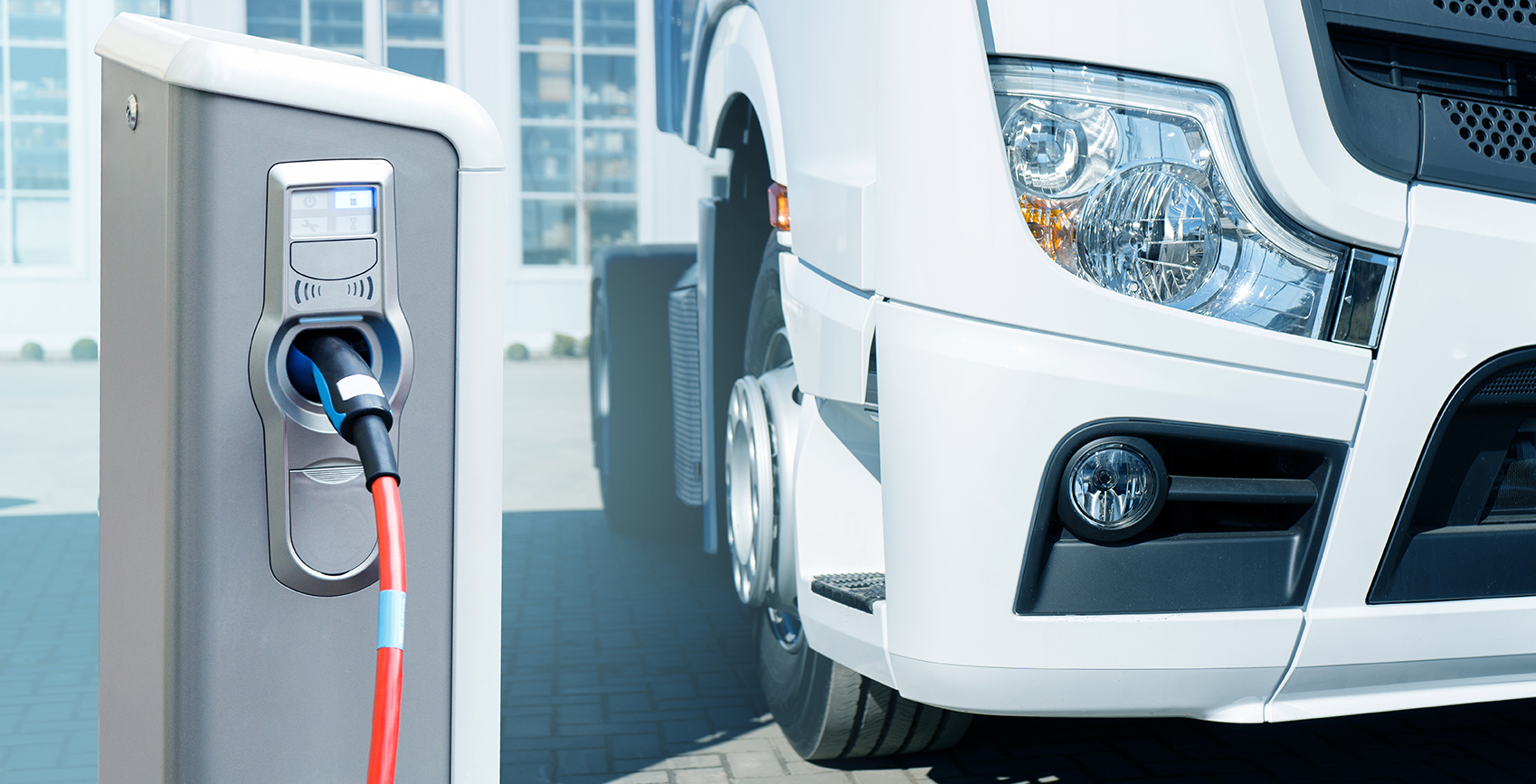Types of Electric Vehicles
Conventional electric vehicles (EVs) include battery electric vehicles (BEVs) and fuel cell electric vehicles (FCEVs). These two types of EVs do not emit harmful tailpipe emissions.
State regulations in California and in some of the Section 177 states including Connecticut, define EVs to also include plug-in hybrid electric vehicles (PHEVs) because they emit no harmful tailpipe emissions when driving in electric only mode. As such, PHEVs are sometimes called "transitional EVs."
Battery Electric Vehicles (BEVs)
A battery electric vehicle, commonly known as an EV, is a car that’s 100% powered by an electric motor. There is no gasoline required, and owners “fuel up” by plugging in overnight at home or to an expanding network of charging stations. Like a cellphone, the battery stores the charge to power the car when it’s running. With a variety of battery electric vehicles on the market, you can choose one that drives anywhere from 100-400 miles on a full charge. “Refueling” times can vary—typically, 30 minutes for fast charging and 4-6 hours with Level 2, depending on the size and current depletion of the battery.
Fuel Cell Electric Vehicles (FCEVs)
A fuel cell electric vehicle (FCEV) is powered by an electric drive motor and uses a fuel cell to convert hydrogen into electricity. Like a gas-powered car, it can be refueled in 3–5 minutes, but at a hydrogen dispenser instead of a gas pump. Its driving range is comparable to gas cars—about 300–350 miles on each tank of hydrogen. Hydrogen fueling stations, however, are not yet widely available outside of California. FCEVs will be introduced in select Northeast states once hydrogen refueling stations are built. Visit the Connecticut Hydrogen-Fuel Cell Coalition's website for more information about FCEVs.




